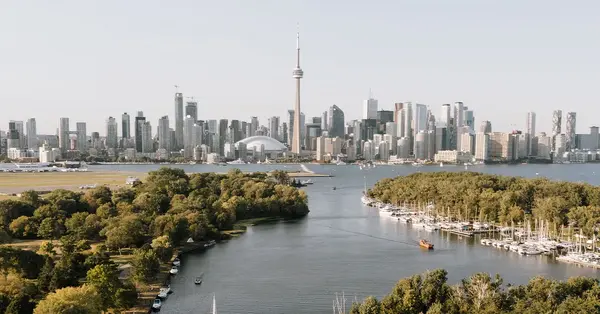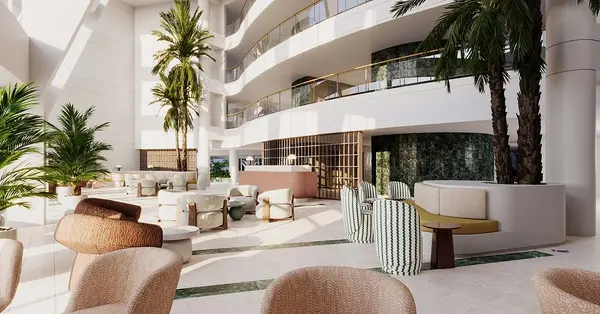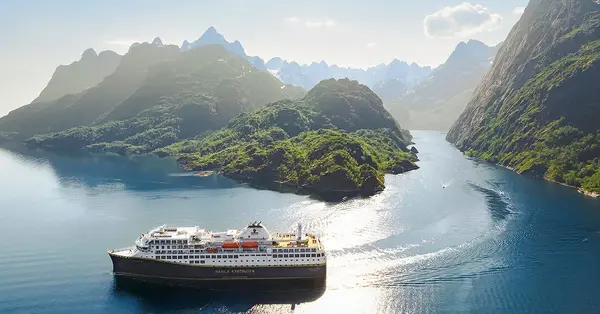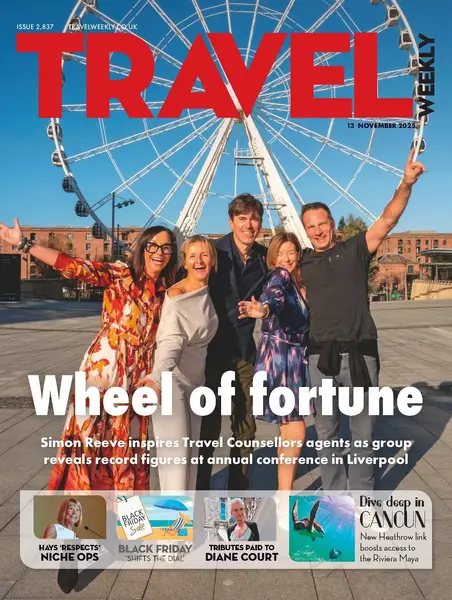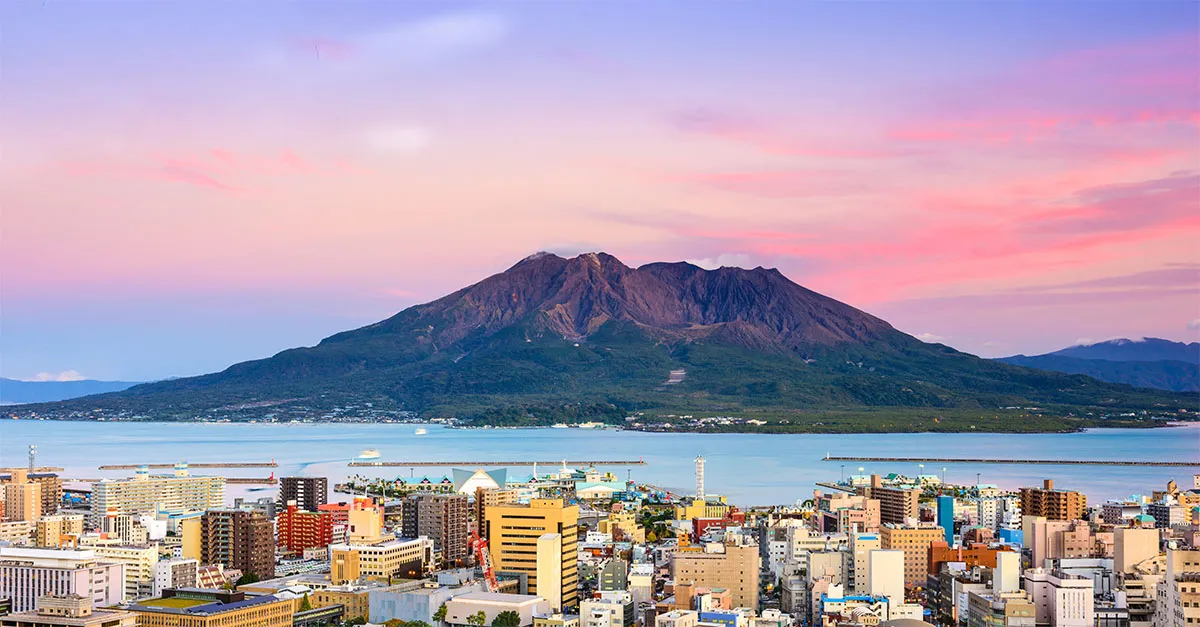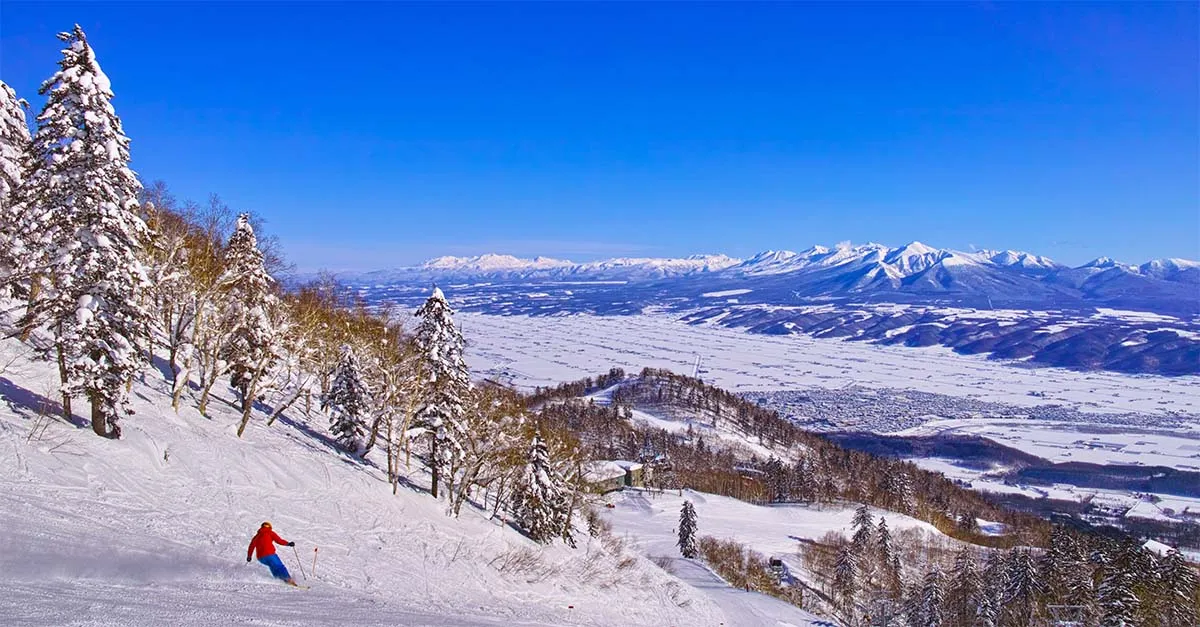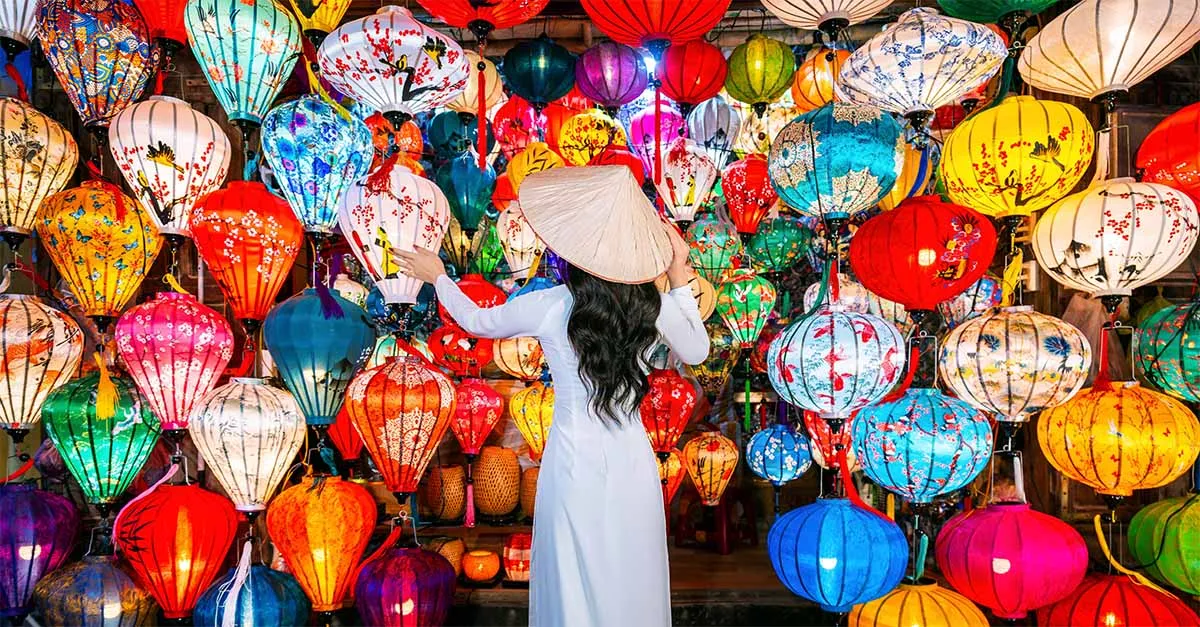The best way to spend 48 hours in Kuala Lumpur, Malaysia
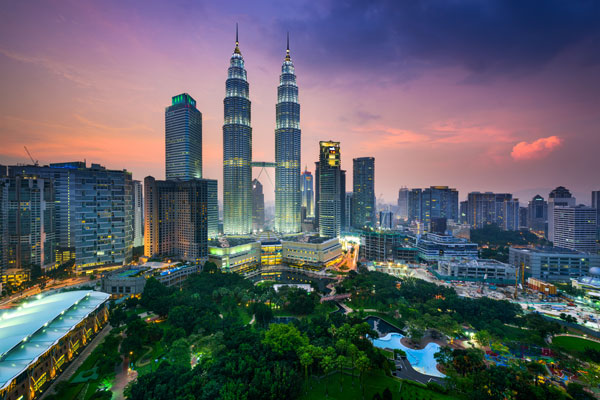
Malaysia’s capital has undergone a makeover of late, finds Tamara Hinson.
Click here to download and save as a PDF.
Kuala Lumpur – which literally means ‘muddy estuary’, although it’s a lot more attractive than the name would imply – is no longer a stopover city but a destination in its own right, thanks to several developments. The River of Life project is transforming the riverside area with bike lanes, footbridges and dancing fountains, while the LRT and MRT transport networks have been expanded. In addition, high-end hotel brands, including Alila and Banyan Tree, have opened in recent years, with big hitters Conrad and Kempinski set to debut next year – showing the Malaysian capital is keen to hold its own against Asia’s bigger and better-known cities.

Day one
09.00: Find your bearings with a walk through the historic city centre, starting at the Masjid Jamek LRT Station, named after the beautiful nearby mosque. The station is the starting point for the self-guided Heritage Trail. Many of its buildings are clustered around Merdeka Square, with its cricket green and mock-Tudor buildings. This is where, in 1957, the Union Jack was lowered and replaced by the Malaysian flag.
“Find your bearings with a walk through the historic city centre, starting at the Masjid Jamek LRT Station, named after the beautiful nearby mosque.”
10.00: Get a caffeine fix at Medan Pasar’s Cafe Old Market Square, founded by a Hainanese immigrant in 1928. The top floor of this heritage building is an art gallery, filled with photos of old Malaysia. A cup of Hailam kopi o, a sweet Hainanese coffee, will restore energy levels.

11.00: Time for some retail therapy, Chinatown-style. It’s just a short walk to Central Market, although if you’re travelling from farther afield and fancy some air-conditioned respite from KL’s humidity, the nearest LRT station is Pasar Seni. The market dates back to the 1880s, when the British came here to trade tin and other goods. It’s a fantastic place to pick up handicrafts, but for the best bargains, head to nearby Petaling Street, a huge market where you can haggle for everything from ‘I love KL’ T-shirts to children’s toys.
“For the best bargains, head to nearby Petaling Street, a huge market where you can haggle for everything from ‘I love KL’ T-shirts to children’s toys.”
13.00: Make your way through Petaling Street’s colourful chaos to the Old China Cafe, once the guildhall of the Selangor & Federal Territory Laundry Association. This knick-knack-filled pre-war shophouse has remained largely unchanged and it’s a great place to try traditional Peranakan Chinese cuisine, such as fried sotong (squid), washed down with plum juice.

14.00: Leave the history behind over at KLCC (Kuala Lumpur City Centre) with its tangle of skyscrapers including, most notably, the Petronas Twin Towers. Once the world’s tallest buildings, their geometrical, Islamic-inspired design features 55,000 glass panels. There are 29 double-decker lifts, and the one I step into whisks me to the sky bridge at five metres a second. Next stop? The observatory on the 86th floor, 370 metres above ground level.
“The area is famous for its fireflies, which can be seen after dark on one of the boat excursions at Kampung Kuantan Firefly Park.”
16.00: It’s the perfect time to head outside the city to the historic town of Kuala Selangor, where highlights include the Tanjung Keramat Fort and the Kuala Selangor District Historical Museum. It’s an hour’s drive, or you can hop on bus 100 at KL’s Medan Pasar bus station. The area is famous for its fireflies, which can be seen after dark on one of the boat excursions at Kampung Kuantan Firefly Park.

19.00: Time to paint the town red. The Four Seasons Kuala Lumpur is one of the closest skyscrapers to the Petronas Towers, where the signature cocktails at Bar Trigona are made with honey from the bar’s namesake, the trigona (stingless) bee. Afterwards, feast on Chinese cuisine at the hotel’s Yun House, with must-try dishes such as charcoal lava buns. Though my favourite bit is the abstract masterpiece by Gaesarin Bangsai: made from 22,000 ceramic discs, it took 43 days to assemble.
“This is where you’ll find the best street food, especially if you’re brave enough to sample the local speciality: lime-drizzled stingray.”
21.00: Bukit Bintang is Kuala Lumpur’s entertainment district. Much of the action takes place in and around TREC, a complex filled with bars and nightclubs, including the city’s biggest, Zouk. The liveliest bit is Changkat, a stretch of Bukit Bintang bars popular with locals and tourists. Rock Bottom is known for its live music, while The Rabbit Hole has themed rooms and legendary happy hours. Feeling hungry? Head to nearby Jalan Alor, a street that undergoes a spectacular transformation at night. This is where you’ll find the best street food, especially if you’re brave enough to sample the local speciality: lime-drizzled stingray.

Getting there
Malaysia Airlines flies twice-weekly from Heathrow to Kuala Lumpur until March 2021, with return economy-class fares from £587.
malaysiaairlines.com
Day two
07.30: Time to saddle up. Several companies offer bike-based tours, and one of the best is Bike with Elena (from $60 per person). On her Hidden Secrets of Kuala Lumpur tour, which starts at the KL City Gallery, you’ll check out ancient shophouses, join locals for breakfast and learn about the city’s past. Cycling is becoming more popular, thanks to a new bike lane network unveiled earlier this year, and cyclist-friendly car-free mornings on the first and third Sundays of every month.

11.30: KL is a city filled with green spaces. Head to the Kuala Lumpur Bird Park (admission from £12 per adult) to discover the world’s largest walk-in aviary. There are 3,000 birds and 200 species, including the Borneo hornbill, but the star of the show is the toucan, Malaysia’s national bird. Younger visitors will love the daily activities, including ostrich feeding and photography sessions.
“There are 3,000 birds and 200 species, including the Borneo hornbill, but the star of the show is the toucan, Malaysia’s national bird.”
13.00: Top up your wildlife fix with a visit to the Deer Park next door. It’s free to enter and is home to several species, including the ridiculously cute mouse deer, the world’s smallest hoofed animal. Still not satisfied? The Butterfly Park and Orchid Garden are within walking distance too.

15.00: Step back in time with a wander around Kampung Baru – get there using the Uber-like app Grab, whose drivers charge a fraction of the rates used by metered taxis. This neighbourhood dates back to 1900, and with its traditional wooden houses and wonderful street food stalls, it feels like a rural Malaysian village – if you can ignore the backdrop of the Petronas Towers. The best food stands can be found on Jalan Raja Muda Musa – try nasi lemak (rice cooked with coconut milk) and teh tarik (pulled tea).
“With its traditional wooden houses and wonderful street food stalls, it feels like a rural Malaysian village – if you can ignore the backdrop of the Petronas Towers.”
16.00: Finish the day with a selfie at one of KL’s newest attractions, the KL Countdown Clock in the Heritage Quarter. Stand before the walls of water surrounding it until the flow stops, then walk through the gap to have your photo taken and appear on a huge screen.

17.00: Enjoy a spectacular view of Kuala Lumpur’s ever-changing skyline with a sundowner at the beautiful new Banyan Tree (from £190 per night), a 55-room property with the city’s highest hotel rooftop bar. Afterwards, ascend to the breathtaking (thanks to floor-to-ceiling windows) Horizon Grill on the 58th floor, famous for its fresh seafood and steaks. I recommend the corn-fed wagyu.
“Ascend to the breathtaking (thanks to floor-to-ceiling windows) Horizon Grill on the 58th floor, famous for its fresh seafood and steaks.”
20.00: Discover why the Alila chose up-and-coming Bangsar as the location for its stunning new hotel with a visit to one of its fantastic nightlife spots. Shelley Yu’s is a cosy Bangsar cocktail bar with traditional Nyonya decor. Nyonya inspires the cocktails too, hence the more unusual ingredients, such as turmeric brine. Cheers, KL!
Ask the expert
“Kuala Lumpur is a brilliant mix of old meets new, where historic temples rub shoulders with 21stcentury skyscrapers and shopping malls. I love its modern feel but also appreciate being able to wander down side streets and stumble upon the remains of old Malaysia.”
John Parker, product manager, Premier Holidays
Book it
Premier Holidays offers a 12-night holiday to Kuala Lumpur and Borneo from £1,449, including three nights each at the four-star Dorsett Kuala Lumpur and Hilton Kuching, and six nights at the three-star Damai Beach Resort, for travel in May 2021. The price includes private transfers, a Kuching city tour, visit to Semenggoh Wildlife Rehabilitation Centre and flights from London. Regional departures are available from £1,649.
trade.premierholidays.co.uk
Riviera Travel has a 14-day Malaysia & Borneo tour with three nights in the Meliá Kuala Lumpur Hotel, a guided city tour, visits to Penang, Sandakan and Sepilok, and three nights at the five-star Shangri-La Rasa Ria Resort & Spa in Kota Kinabalu. Prices start at £2,149 based on a September 6, 2021, departure, including flights.
rivieratravel.co.uk
Read more
x.travelweekly.co.uk/articles/386986/qa-with-chris-lee-pata-board-member-and-tourism-authority-of-thailand-head-of-marketing" target="_blank">Q&A with Chris Lee, Tourism Authority of Thailand head of marketing
x.travelweekly.co.uk/articles/385649/what-its-like-to-go-skiing-in-japan" target="_blank">What it’s like to go skiing in Japan
x.travelweekly.co.uk/articles/383978/where-to-find-thailands-quietest-beaches-this-winter" target="_blank">Where to find Thailand’s quietest beaches this winter
You have viewed both of your 2 free articles this month as an unregistered user
To continue reading, please register with Travel Weekly free of charge, or if you have already registered click here to login



